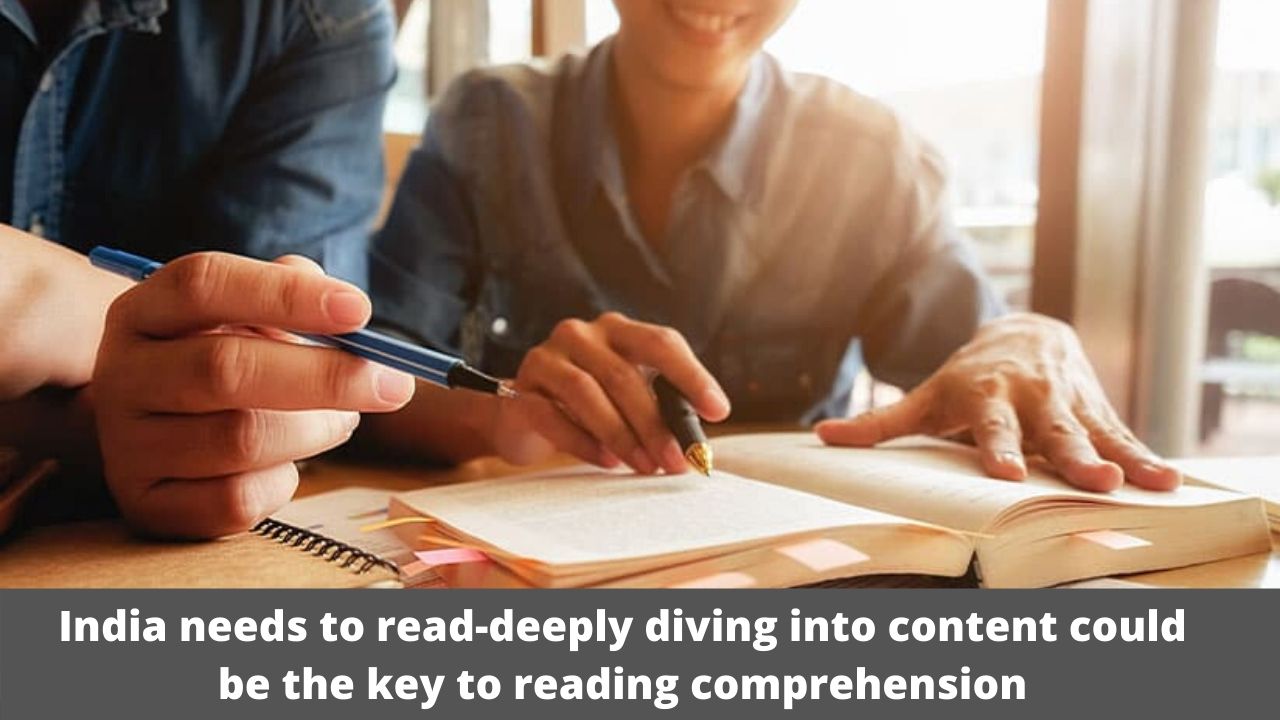Why in the modern education system, the students are lagging behind when it comes to reading good content? Many people are worried that Indians, in general, aren’t able to read properly. Command on the language is absent despite having degrees saying otherwise. Has the mugging and good score race spoiled the reading capacity of the people, especially the school going children?
A national survey shows that just about 33% of fourth-graders are capable of reading proficiently. Results show that the boarding students studying in India at International school have better outcomes due to the educational environment as compared to the ordinary schools. A significant part of the ongoing discussion has been reignited an old fight between backers of phonics guidance versus the individuals who support the complete grammar foundation. In any case, that discussion centers on early learning (right from the pre-school) and the mechanics of reading (yes it has its own mechanism).
So why kids don’t understand what they read?
It is debated that most primary schools show reading cognizance as free-gliding abilities, disconnected from the substance a youngster is reading. The instructor focuses on showing students how to make inductions or locate the primary thought, paying little heed to the theme. “Children must be taught how to think and not what to think”- anonymous. Reading good content stimulates the thought process of the brain. Psychological researchers have concurred for quite a long time that the most significant component of reading cognizance is information about the theme.
“Youngsters with profoundly instructed guardians are drenched in refined information and jargon from birth, so they start school with a greater amount of that kind of information,” Wexler said. What’s more, when they get the opportunity to class, they keep on expanding on all that they knew previously, though less well-to-do youngsters regularly begin school with less presentation to information, and the hole just enlarges.
“So if schools are not giving content-rich curriculum in a deliberate manner, they can get to secondary school with enormous, truly devastating holes in their insight,” Wexler said.
The seriousness of this appreciation hole frequently doesn’t make itself completely known until secondary school, when educators expect understudies have more information, the substance is increasingly convoluted, and the writings progressively mind-boggling. More regrettable, Wexler stated, tests intended to gauge adding play to the possibility that is reading cognizance aptitudes are generalization.
“I’m not against testing in essence,” Wexler said. “Testing has revealed a ton of insufficiency that were covered up previously. It has uncovered these holes, and that is significant data to have. The issue with reading tests is they appear to test these general abilities.”
At the point when children plunk down to take their institutionalized understanding test, regularly the entries aren’t tied in with anything they’ve been learning in class. Truth be told, they’re planned that way, to keep any gathering from having a favorable position. Be that as it may, Wexler fights most primary schools aren’t showing kids a lot of substances at any rate. Rather, they read one-off articles about a theme that enable children to rehearse the “aptitudes” of understanding appreciation.
“On the off chance that children don’t have the vocab and information to peruse the section, in any case, they’re not going to have the option to locate the principle thought, or whatever,” Wexler said.
This article is contributed by Ecole Globale International School.








